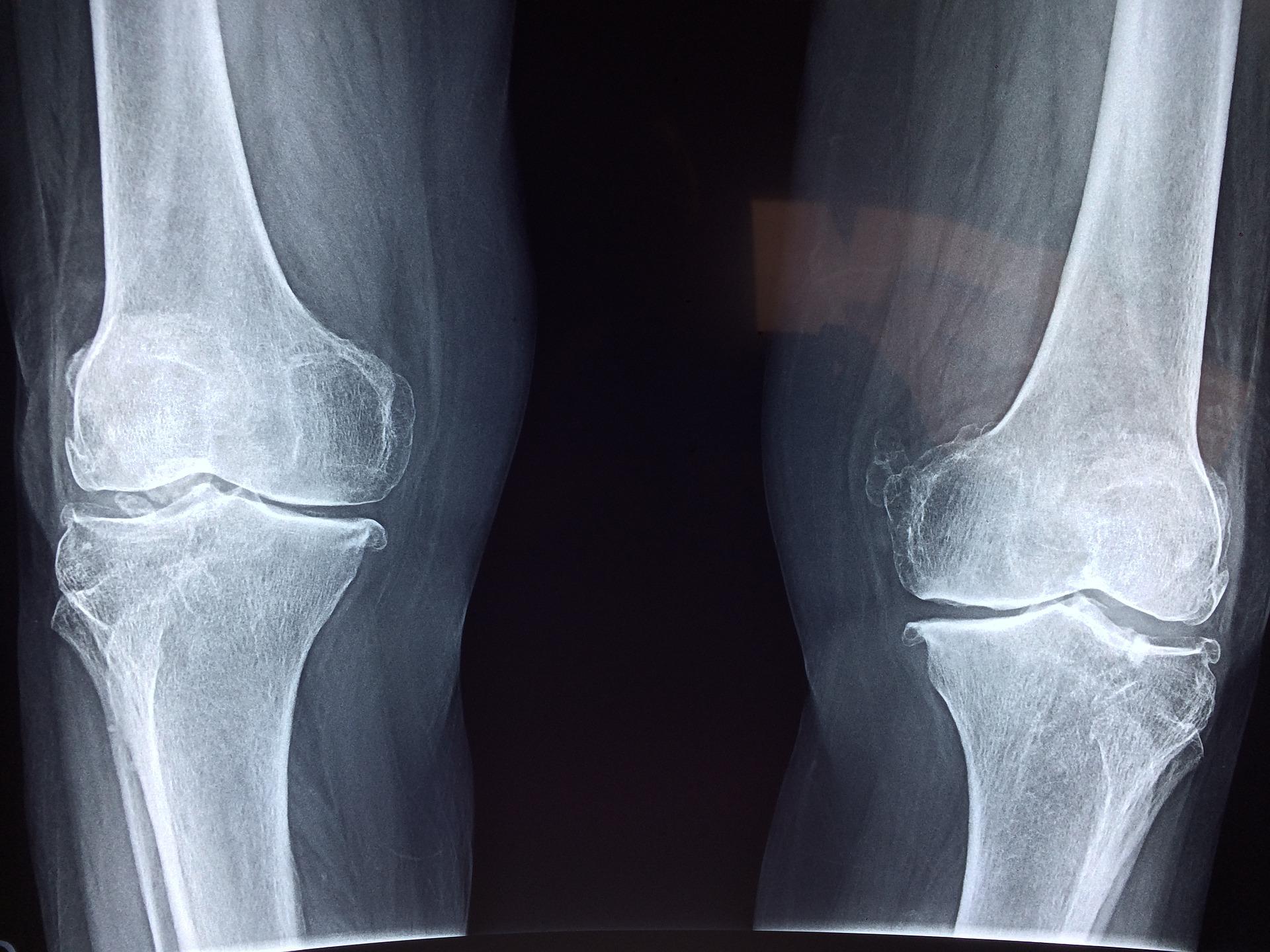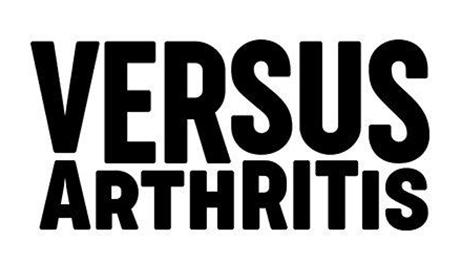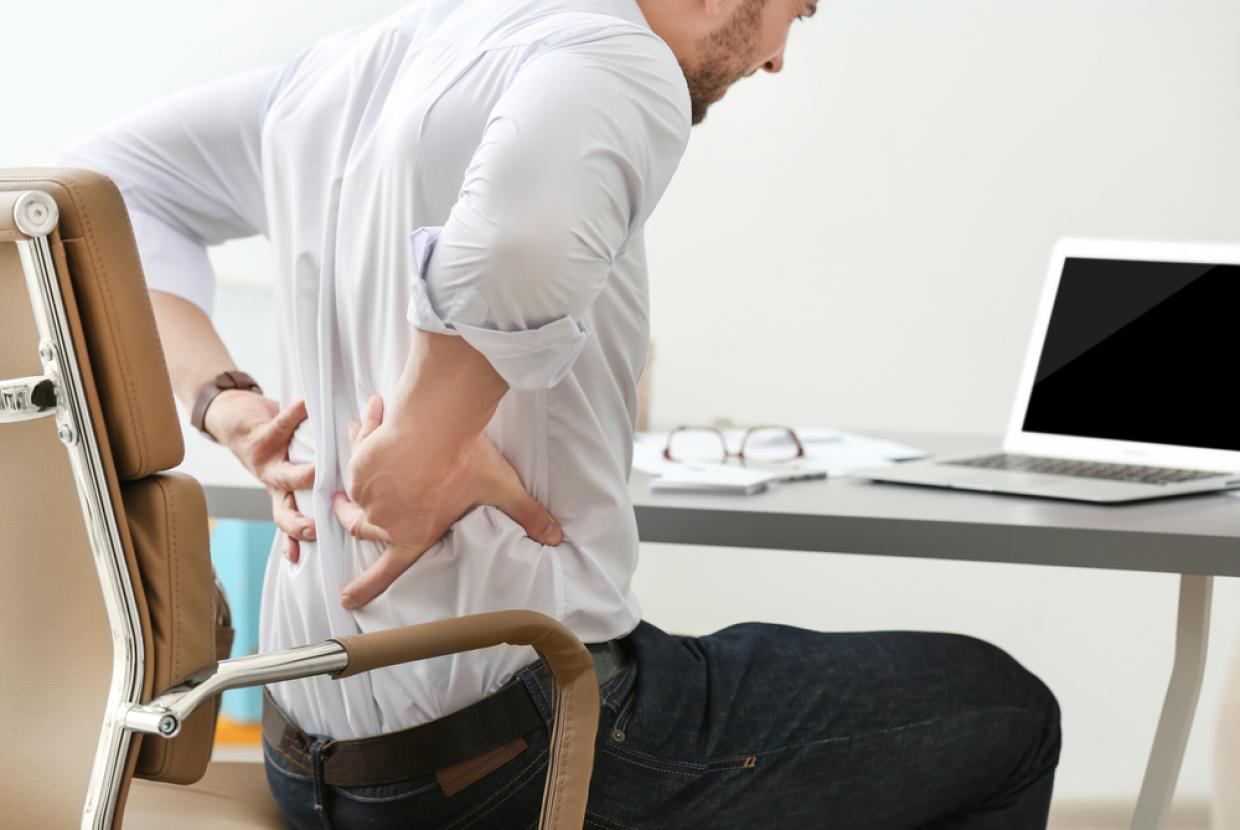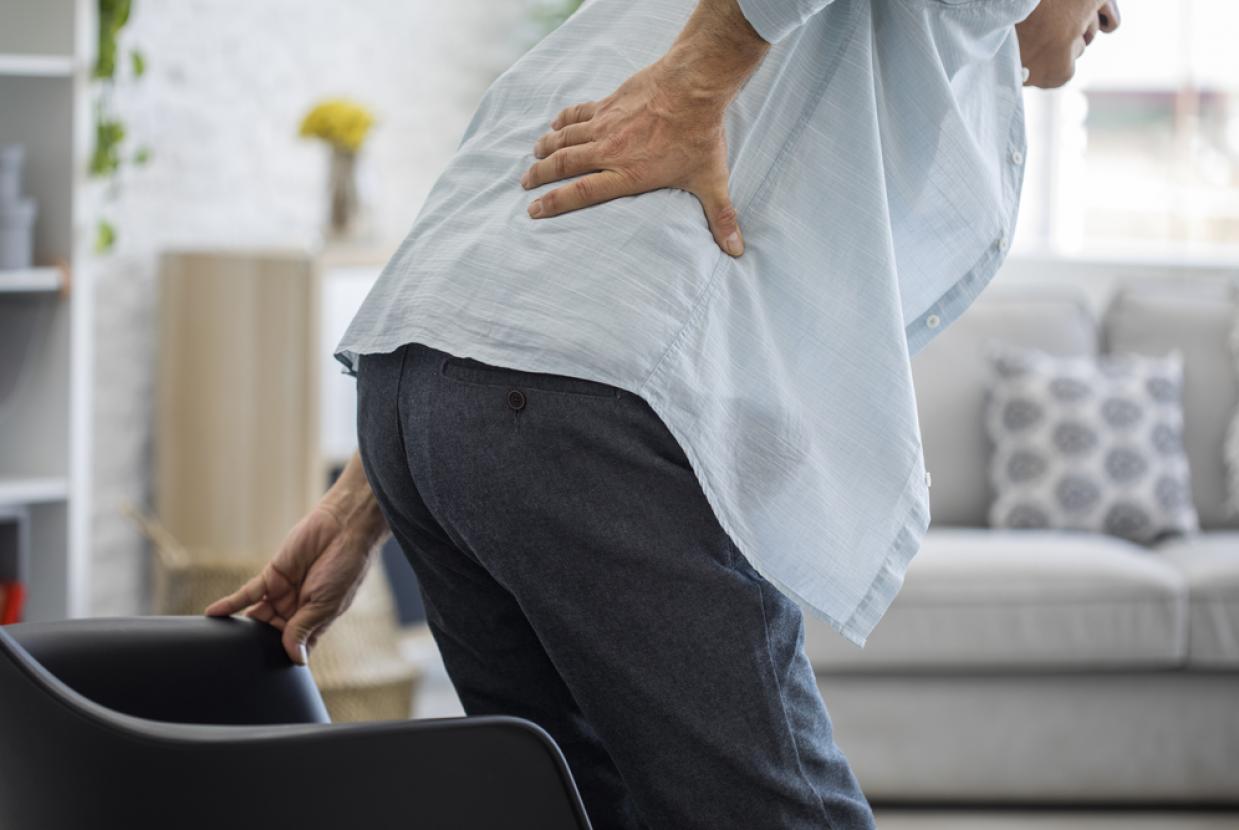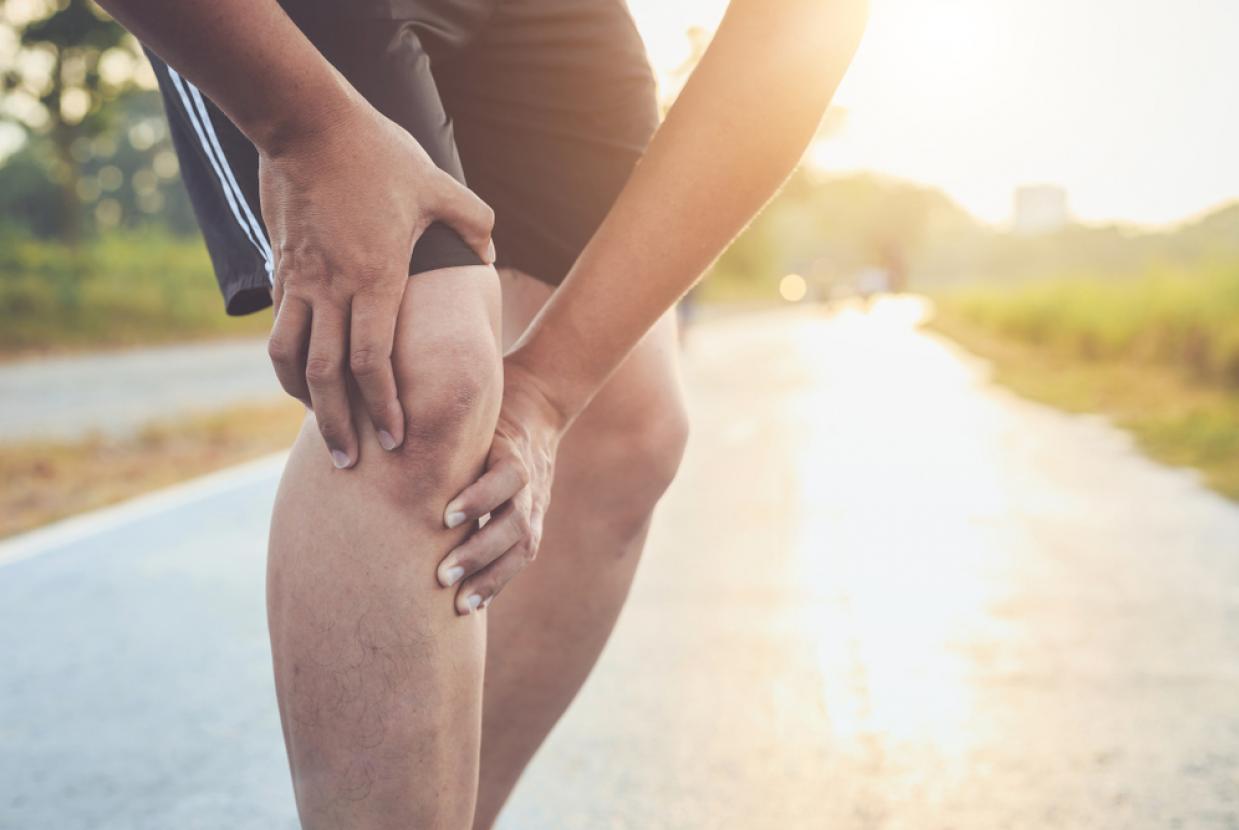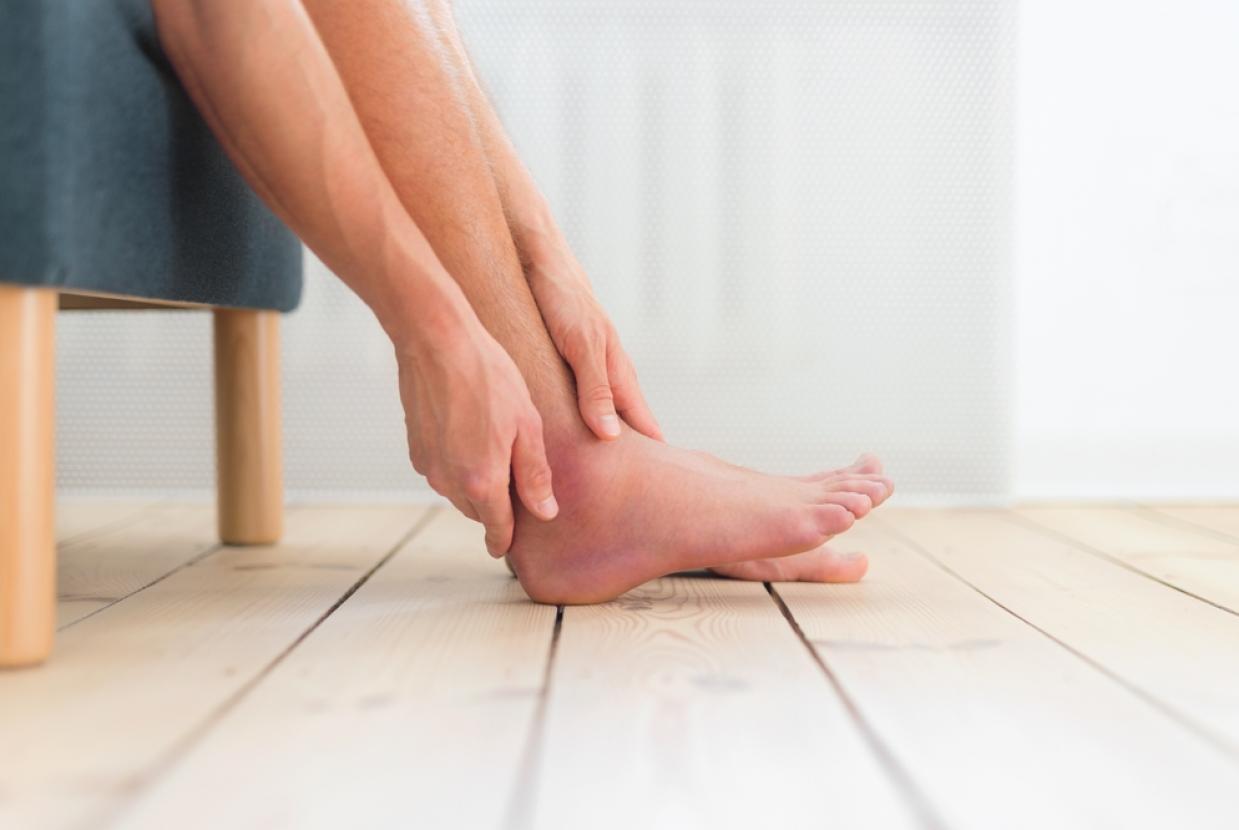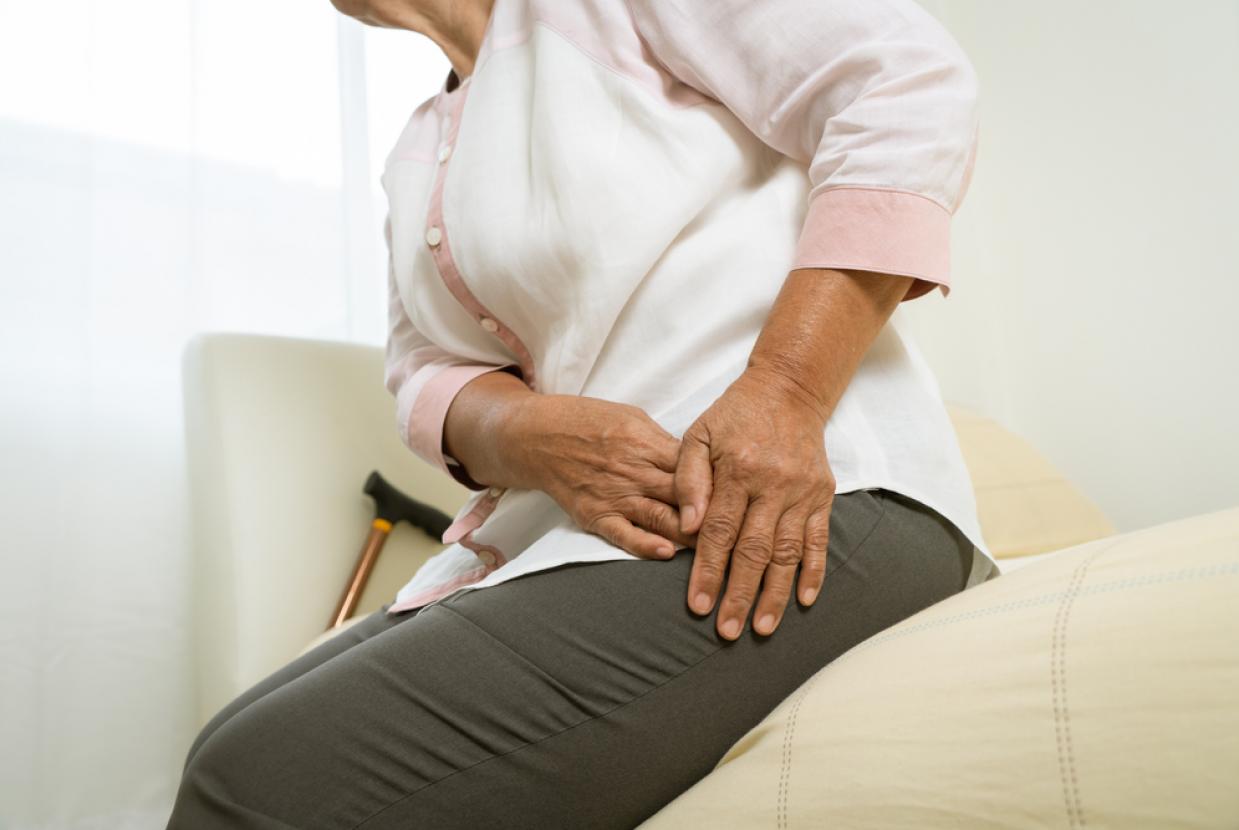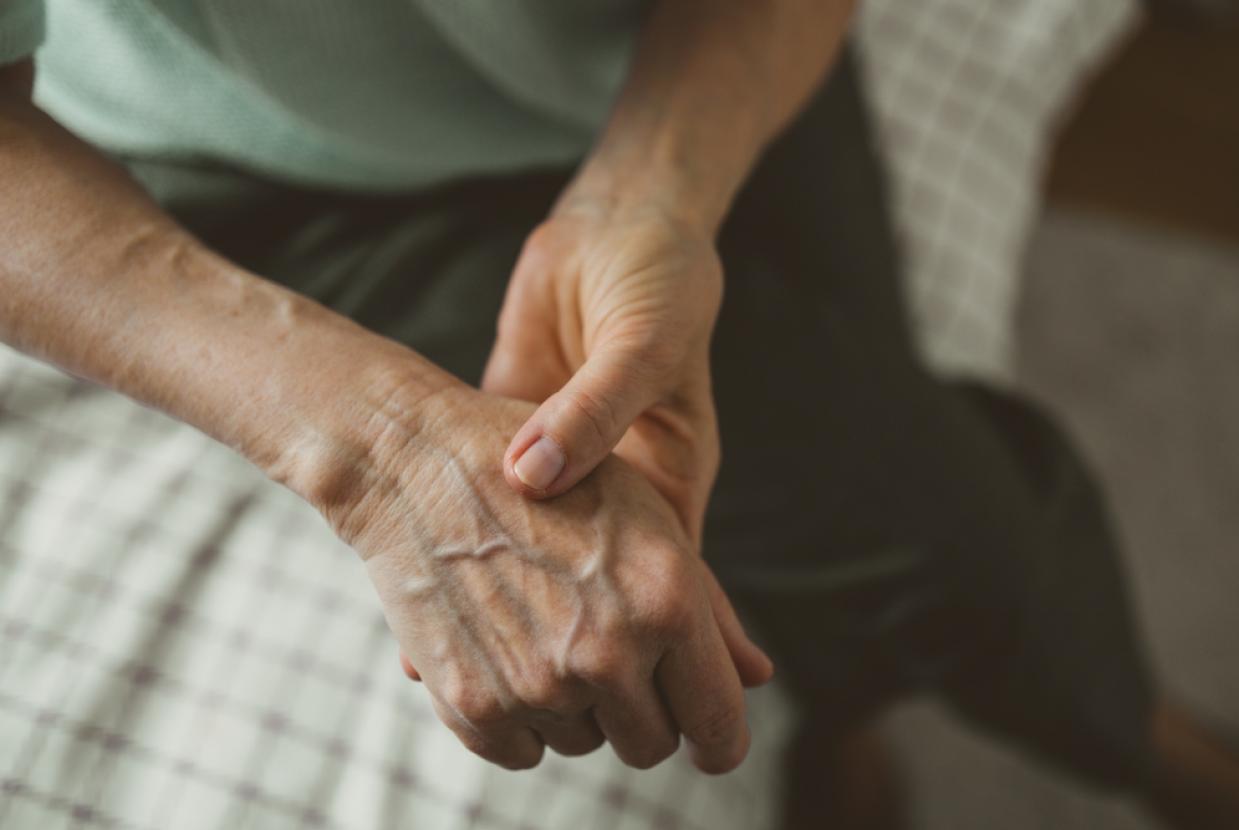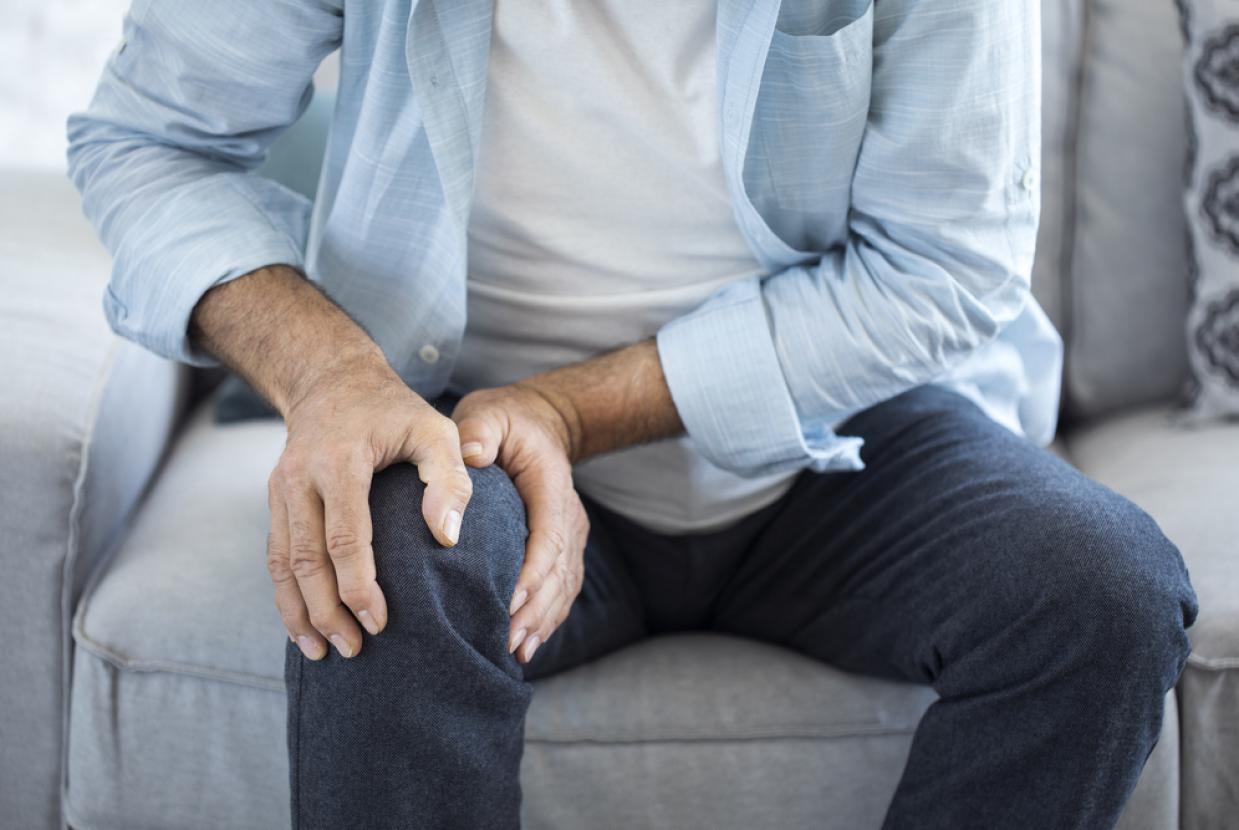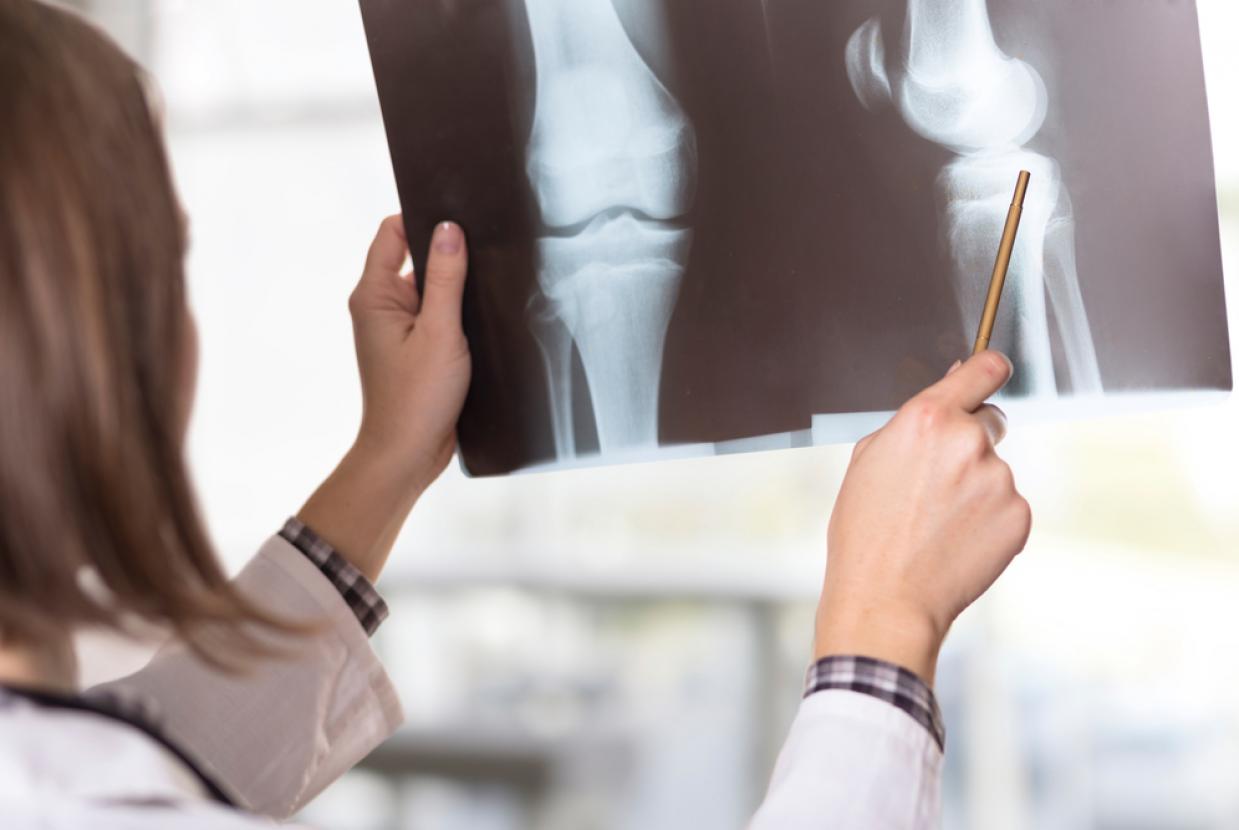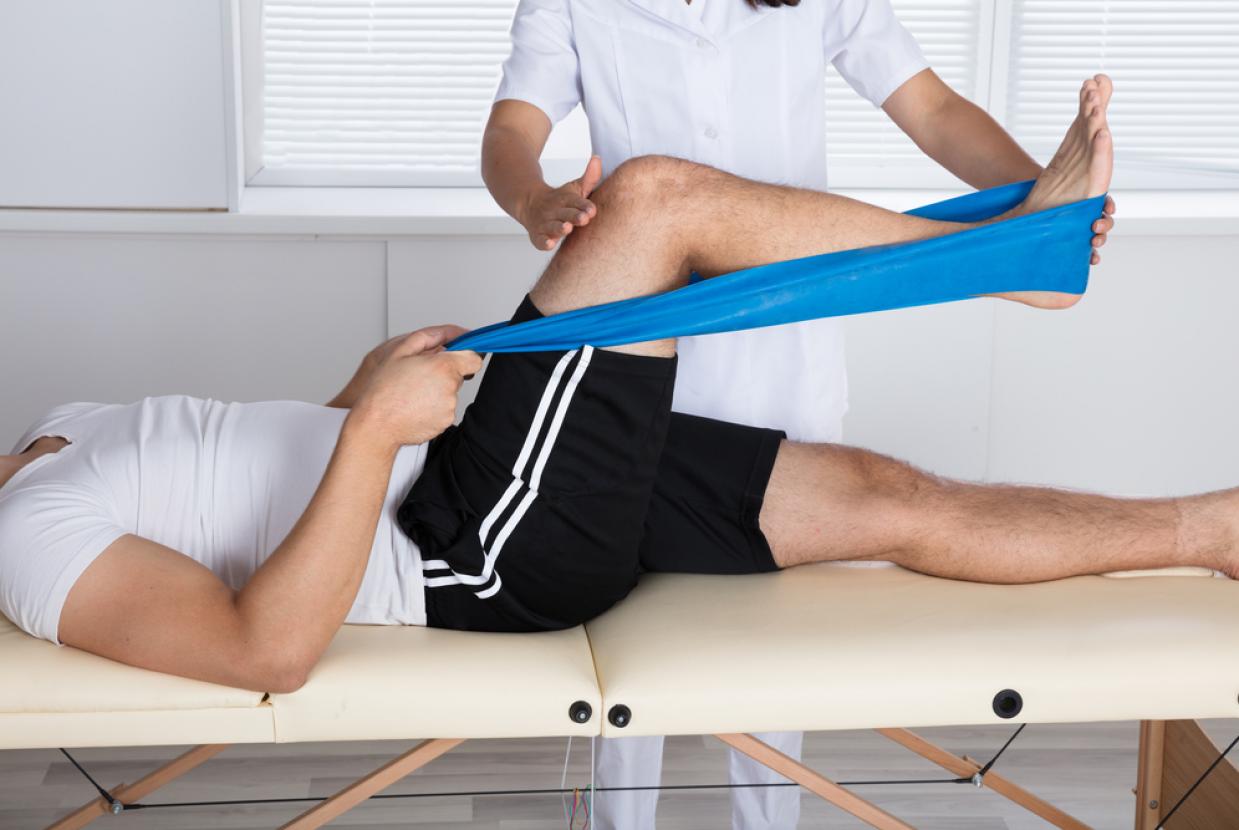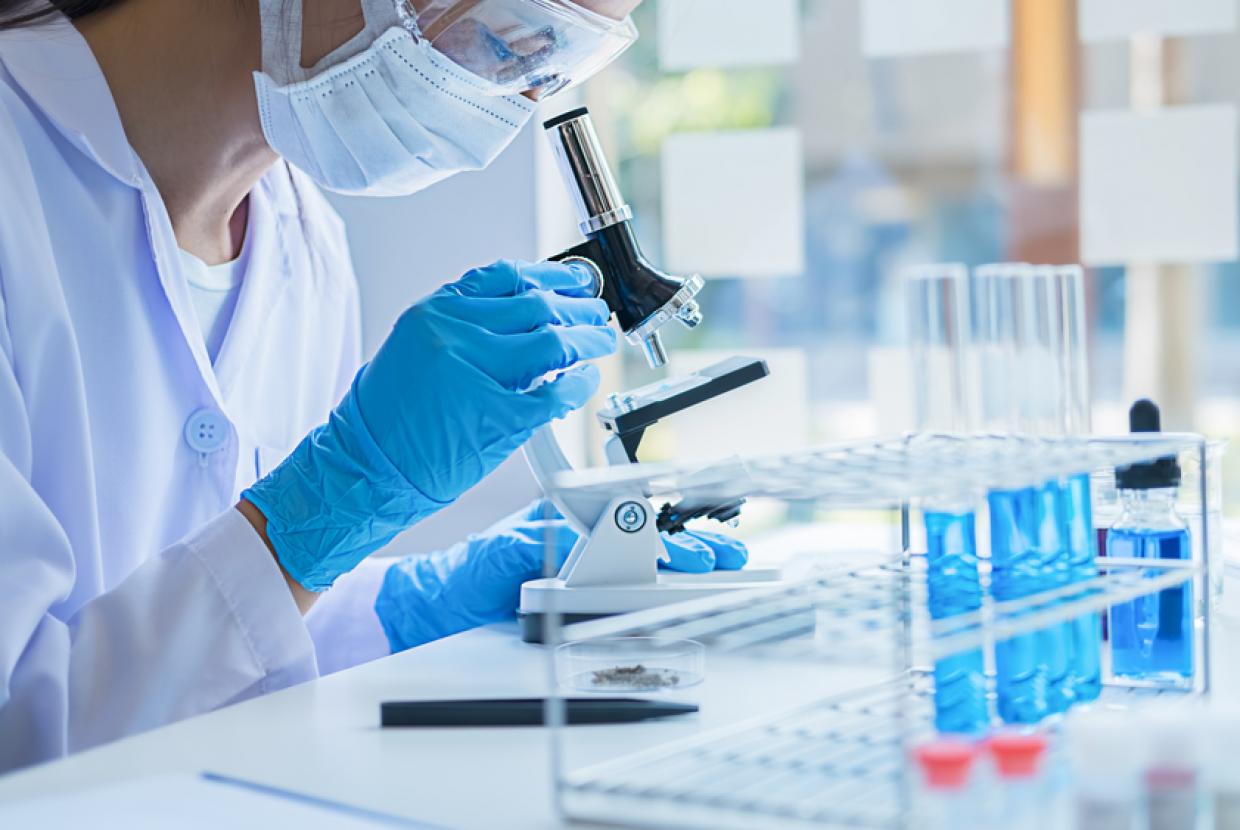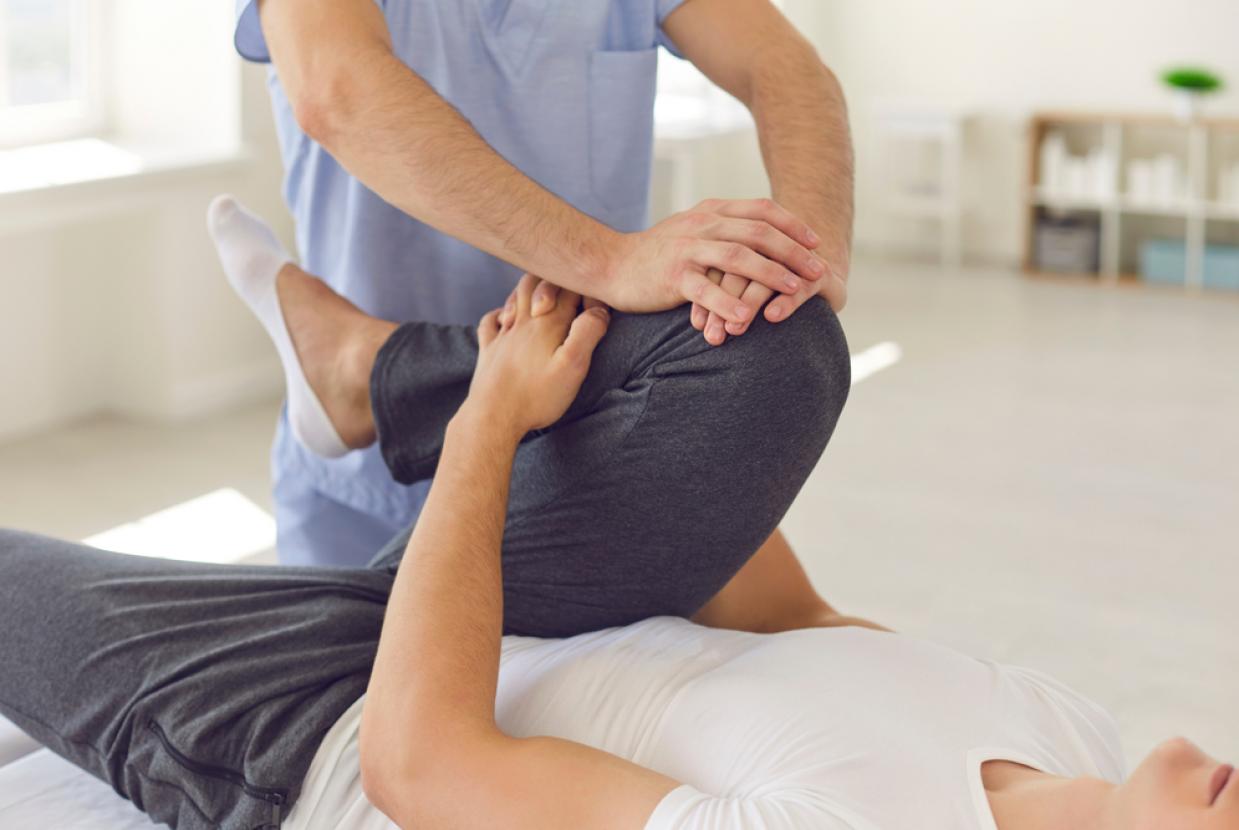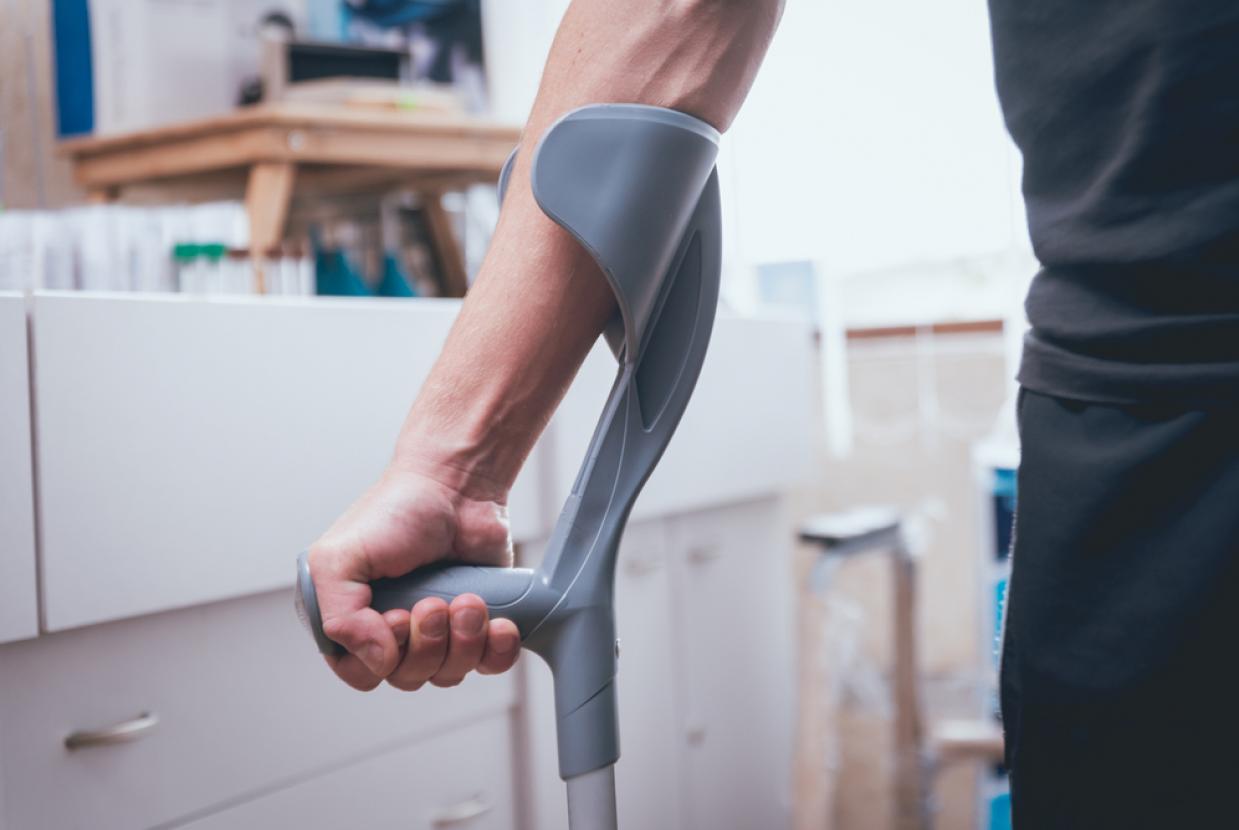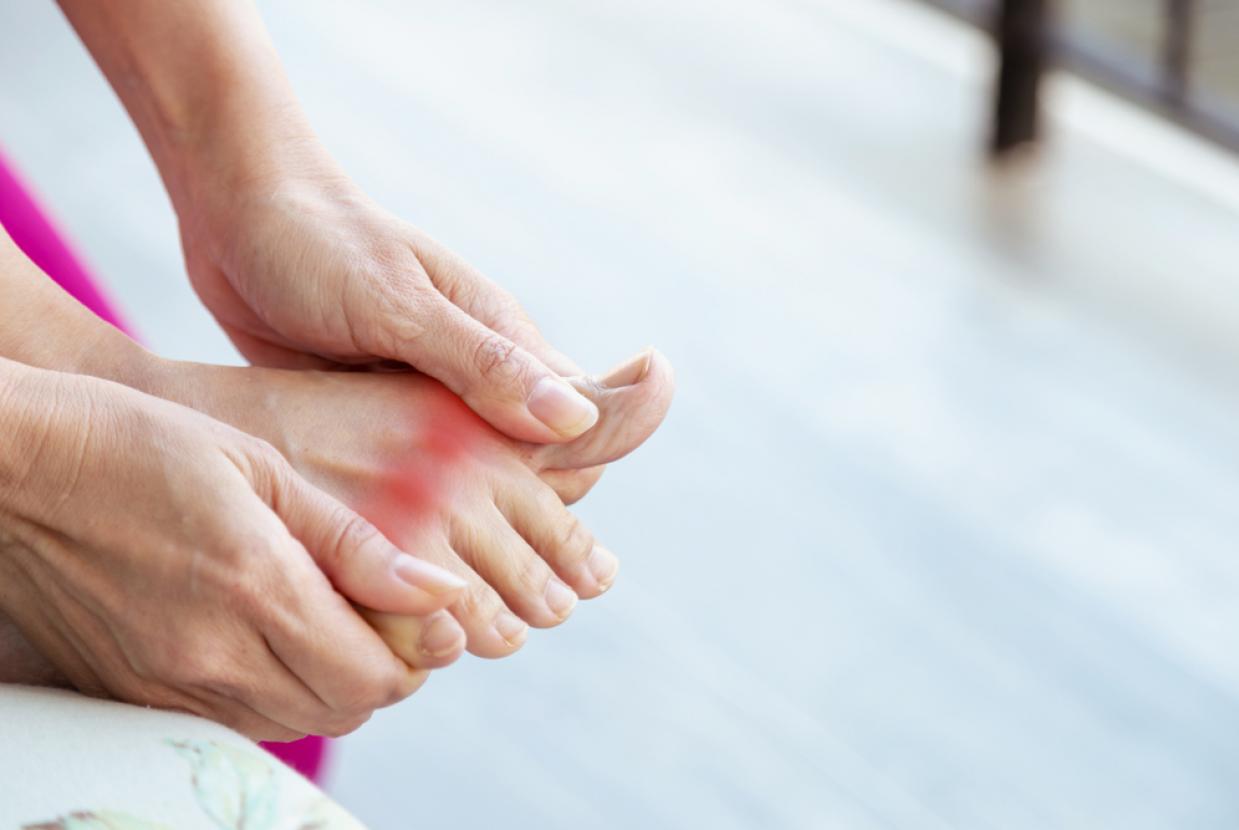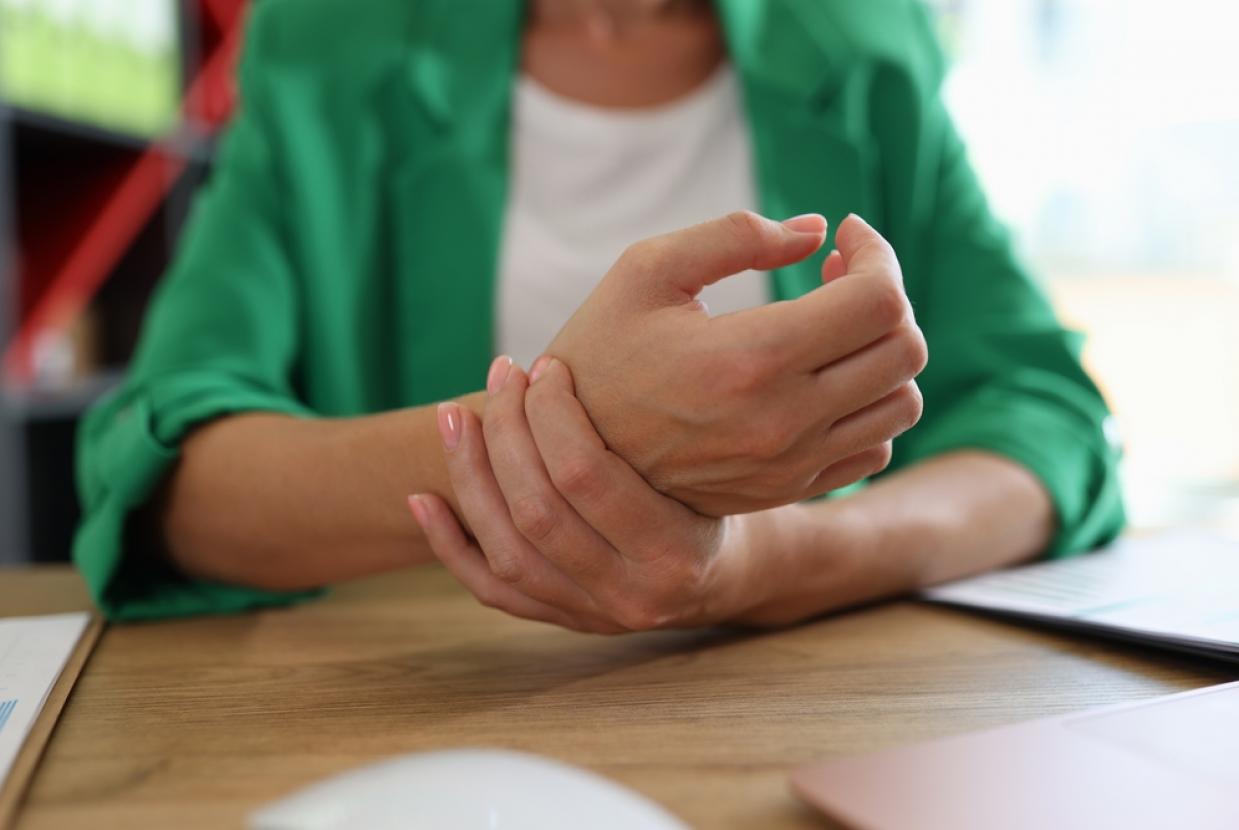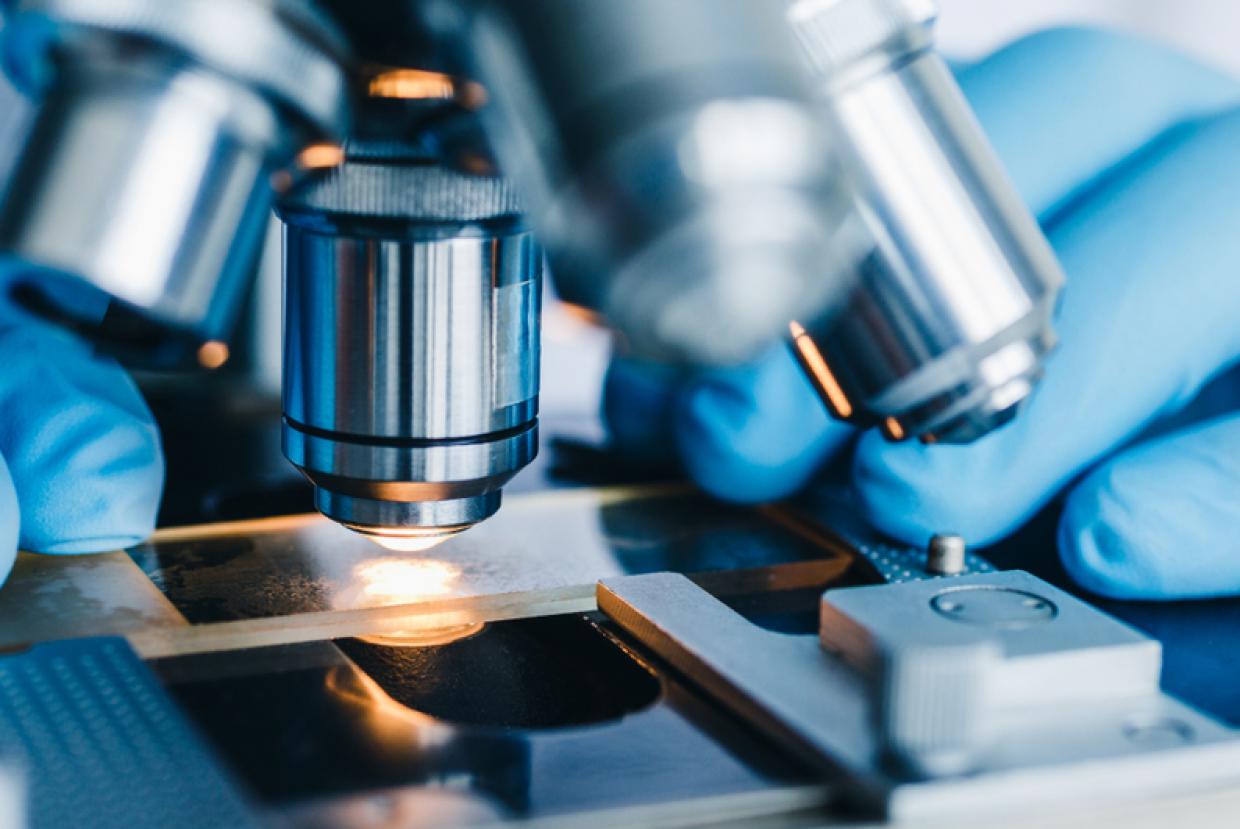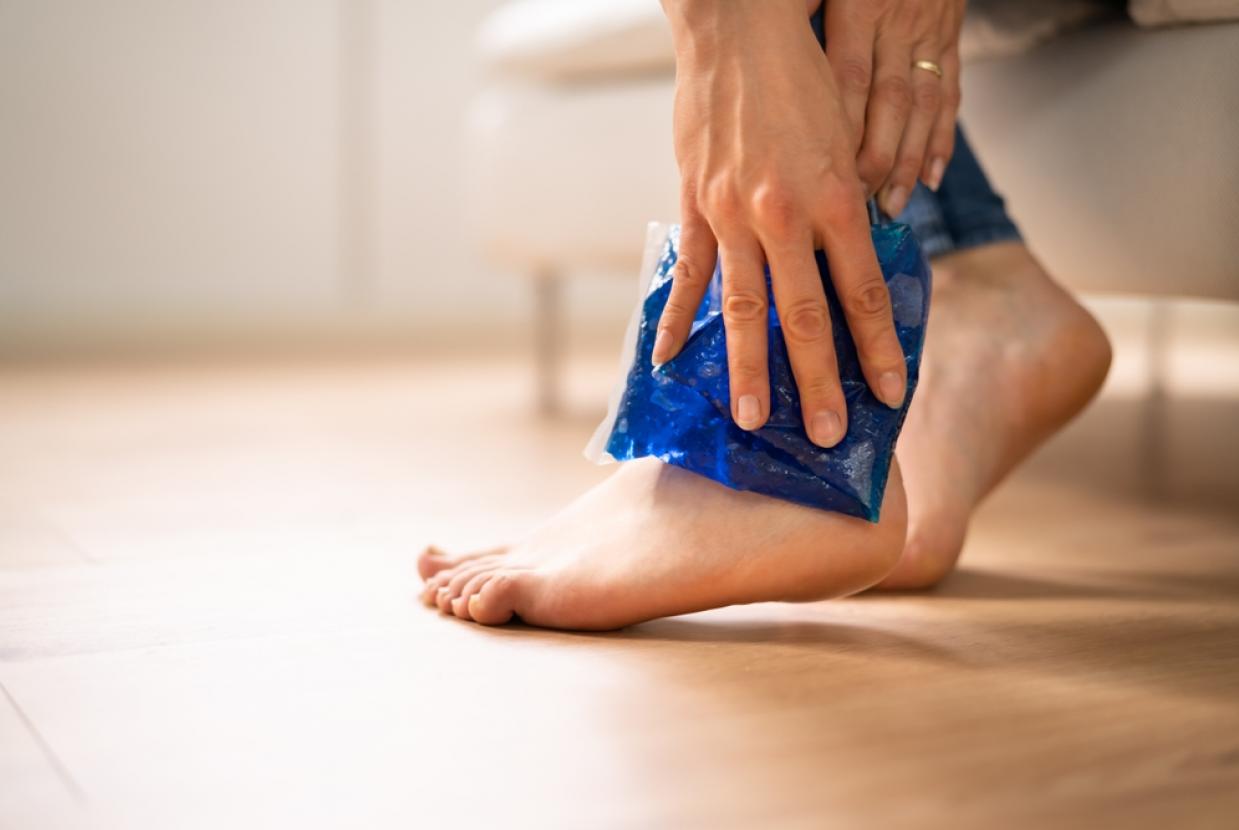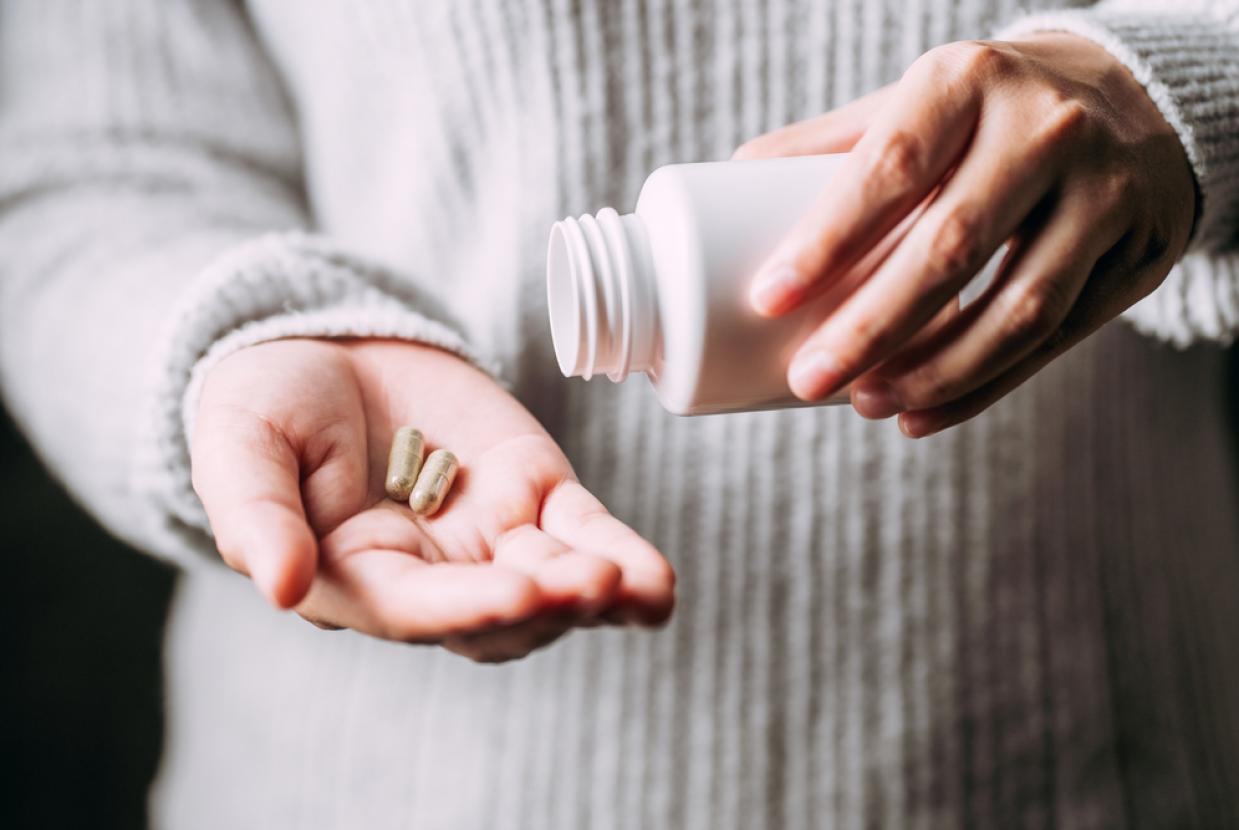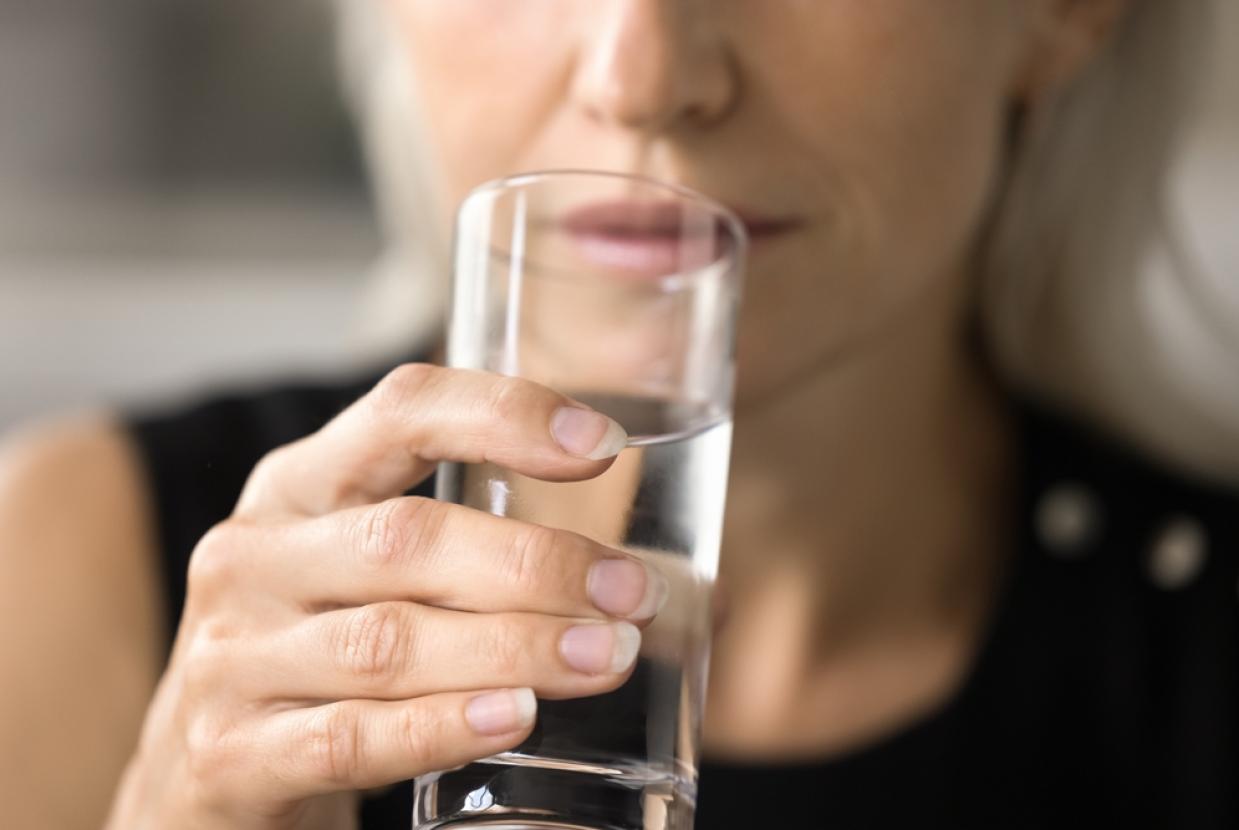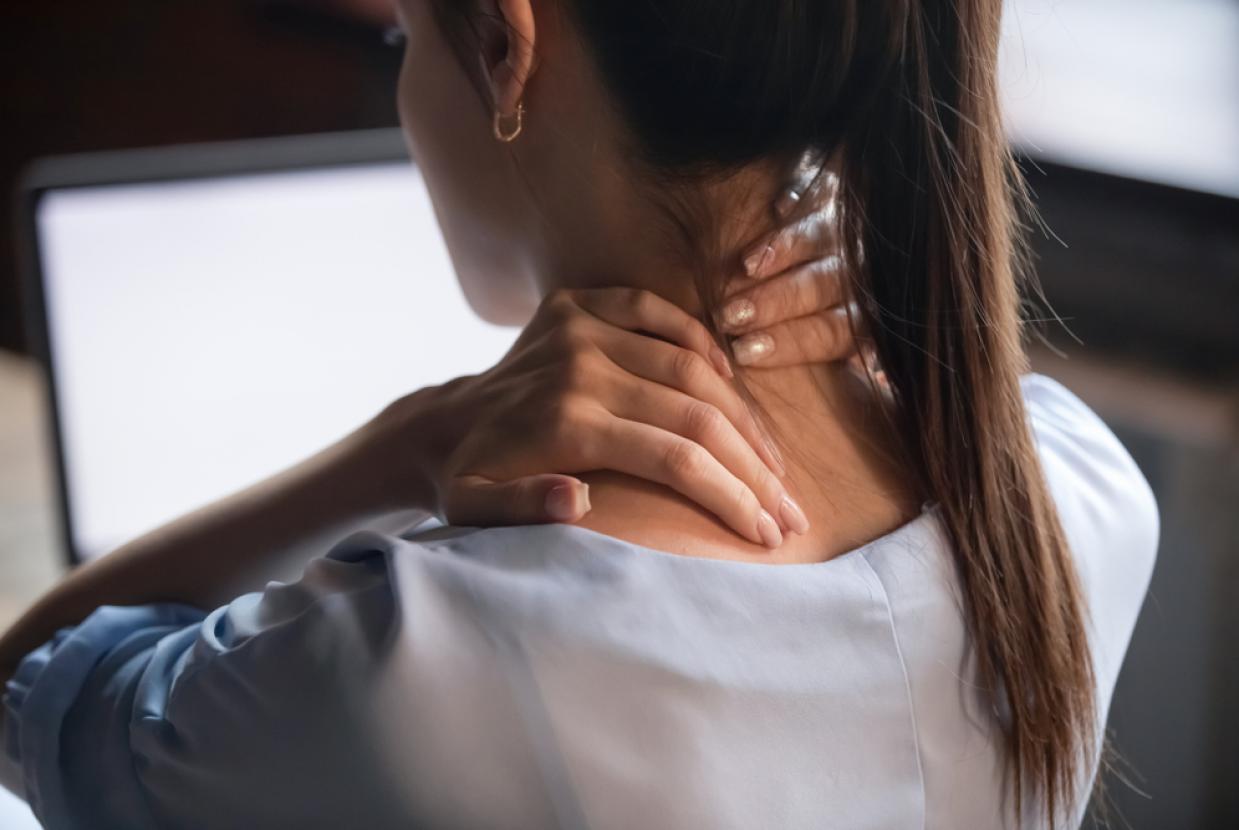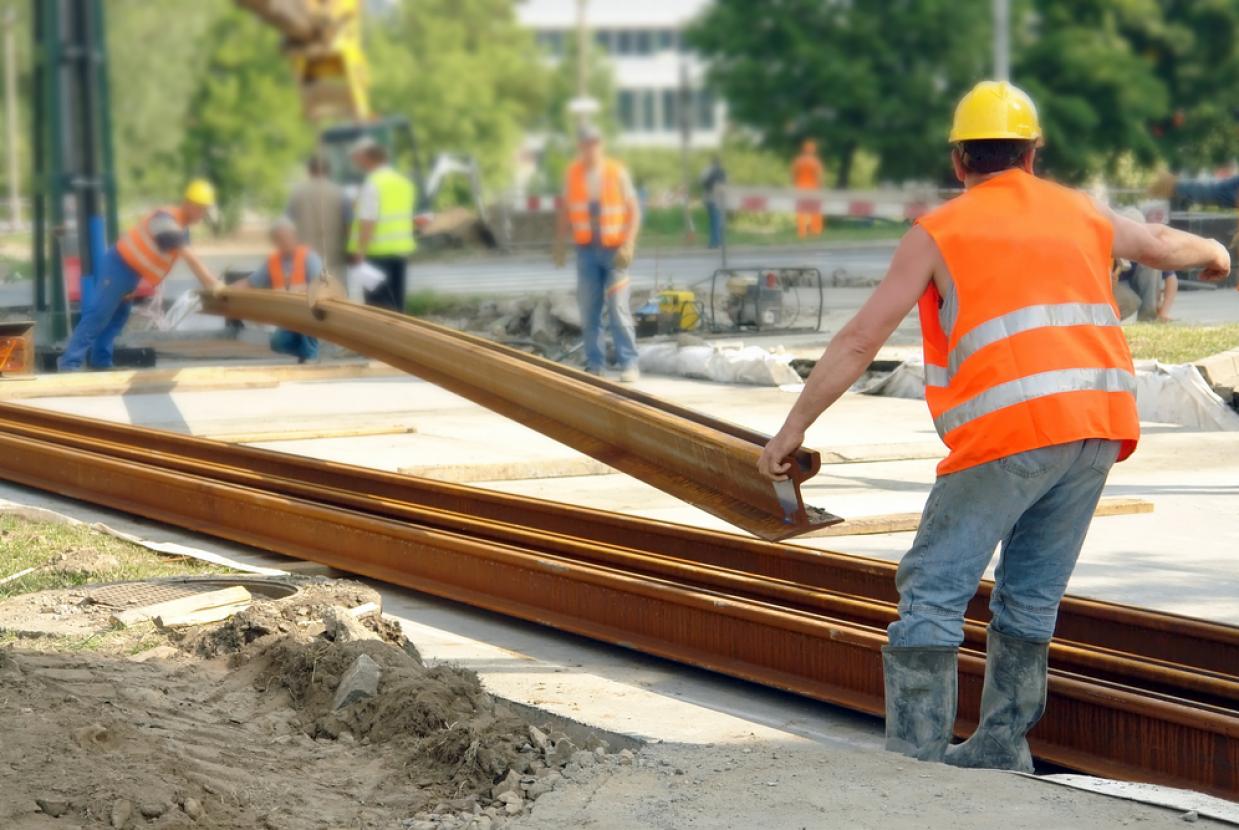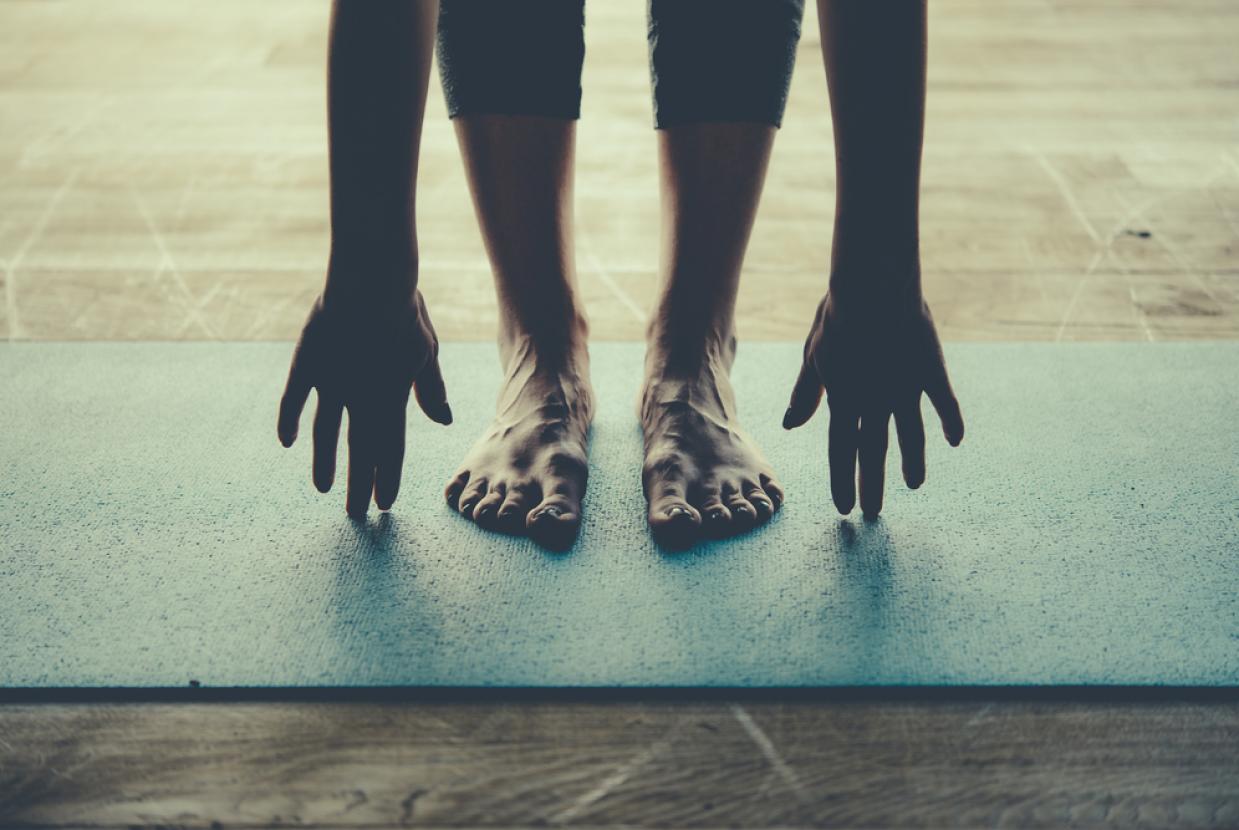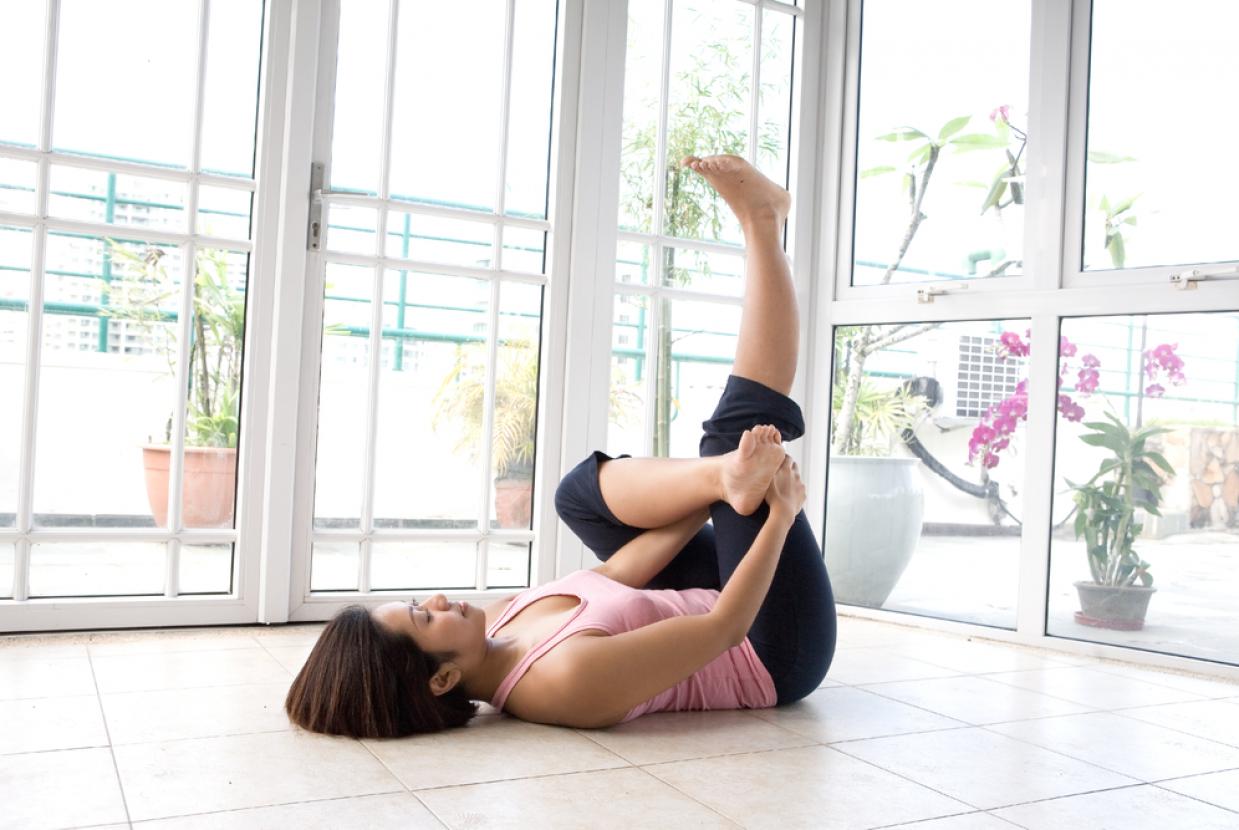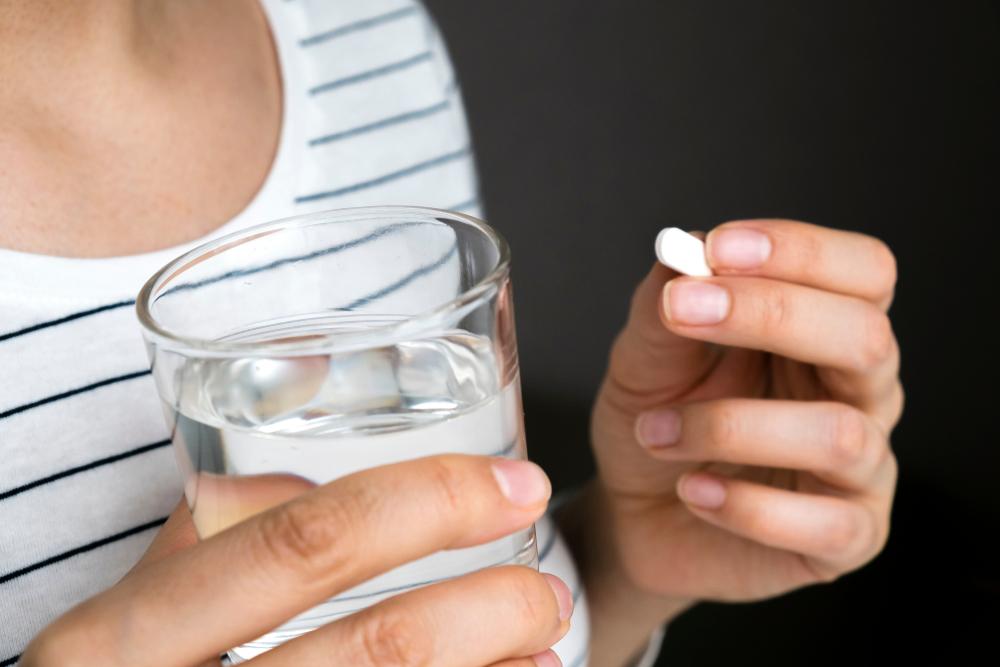Types Of Arthritis
Because there are several types of arthritis, it’s important to know which one you have. There are some similarities between these conditions, but there are also some key differences.
Osteoarthritis
The most common type of arthritis is osteoarthritis. It is estimated that around 8.75 million people in the UK have seen a doctor about osteoarthritis. Osteoarthritis starts with the roughening of cartilage.
If this happens, the body can put in place a ‘repair’ process to try to make up for the loss of this important substance. The following can then happen:
- Tiny bits of extra bone, called osteophytes, can grow at the ends of a bone within a joint.
- There can be an increase in the amount of thick fluid inside the joint.
- The joint capsule can stretch, and the joint may lose its shape.
Sometimes, the early stages of osteoarthritis can happen without causing much pain or trouble. However, it can lead to damage inside a joint, as well as pain and stiffness.
Osteoarthritis is more common in women and usually affects people from the age of 45 onwards. The parts of the body most commonly affected are the knees, hands, hips, and back.
Keeping active will help you maintain a healthy weight, and this will reduce the pressure on your joints. Doing regular exercise will keep muscles around a joint strong, and this will help to support and stabilise a joint affected by osteoarthritis. Being overweight can make you more likely to get osteoarthritis and can make it worse.
Taking painkillers, such as paracetamol and non-steroidal anti-inflammatory drugs (NSAIDs), such as ibuprofen can help reduce your symptoms and allow you to stay active. Keeping active will also reduce pain, stiffness and swelling.
There are NSAID creams that you can rub into the affected area. It might be an idea to try these first. There is a range of pain relief options available. If you’re finding the pain of osteoarthritis difficult to cope with, a doctor or physiotherapist would be able to give you specific advice.
If your osteoarthritis becomes severe, particularly in your knees and hips, your doctor might discuss with you the possibility of surgery. This is usually considered only after you’ve tried all the other treatment options. Joint replacements are now very sophisticated and successful.
Gout and calcium crystal diseases
Gout is a type of inflammatory arthritis that can cause painful swelling in joints. It typically affects the big toe, but it can also affect other joints in the body.
Joints affected by gout can become red and hot. The skin may also look shiny and can peel. It’s caused by having too much urate, otherwise known as uric acid, in the body. We all have a certain amount of urate in our body.
However, being overweight or eating and drinking too much of certain types of food and alcoholic drinks can cause some people to have more urate in their bodies. The genes you inherit can make you more likely to develop gout.
If it reaches a high level, urate can form into crystals that remain in and around the joint. They can be there for a while without causing any problems and even without the person realising they are there.
A knock to a part of the body or having a fever can lead to the crystals falling into the soft part of the joint. This will cause pain and swelling.
There are drugs that can reduce the amount of urate in the body and prevent gout attacks. Examples are allopurinol and febuxostat. If you’re having a gout attack, you’ll also need short-term pain relief. Non-steroidal anti-inflammatory drugs (NSAIDs) as well as paracetamol can be good drugs to try first.
Men can get gout from their mid-20s, and in women it’s more common after the menopause. Taking water tablets can increase the risk of gout. There are also conditions that cause calcium crystals to form in and around joints.
We all need calcium to make bones and teeth strong. However, some people can have too much calcium in their bodies, which can then form as crystals around joints. This can lead to painful swelling.
Calcium crystal diseases tend to clear up on their own. Taking painkillers and NSAIDs, and applying an ice pack wrapped in a damp towel, can soothe the pain and swelling.
Rheumatoid arthritis
Rheumatoid arthritis is a type of inflammatory arthritis. It is what is known as an auto-immune condition.
The immune system is the body’s natural self-defence system, and it protects us from infections and illness. When someone has an auto-immune condition, the body’s immune system mistakenly attacks the body’s healthy tissues, such as the joints, causing inflammation.
Inflammation is normally an important tool in the immune system. It occurs when the body sends extra blood and fluid to an area to fight an infection. This is what is happening for example if you have a cut that gets infected, and the skin around it becomes swollen and a different colour.
However, in rheumatoid arthritis the inflammation and extra fluid in a joint can cause the following problems:
- It can make moving the joint difficult and painful.
- Chemicals in the fluid can damage the bone and joint.
- The extra fluid can stretch the joint capsule. Whenever a joint capsule is stretched, it never quite returns to its original position.
- Chemicals in the fluid can irritate nerve endings, which can be painful.
As well as causing pain and stiffness, inflammation can cause permanent damage to a joint. Starting effective treatment early on can help to minimise damage. Symptoms of rheumatoid arthritis can include:
- swollen and tender joints
- swelling and stiffness in joints in the morning that lasts for longer than half an hour
- severe tiredness, also called fatigue
- a general feeling of being unwell.
Rheumatoid arthritis often starts in the small joints of the hands and feet, and it can affect the same joints on both sides of the body at the same time. It can start quite slowly and then gradually get worse, or it can start more aggressively.
Rheumatoid arthritis can affect adults of any age. It most commonly starts among people between the ages of 40 and 60. It’s more common in women than men.
There are drugs that can slow down an over-active immune system and therefore reduce the pain and swelling in joints. These are called disease-modifying anti-rheumatic drugs (DMARDs) and include biological therapies.
If you have rheumatoid arthritis, treatment will start with conventional DMARDs. These can have the overall effect of reducing the activity of your immune system, which is overactive and causing damage to your body.
If these drugs have been tried and don’t work, doctors will look at the possibility of trying the newer biological therapies. Biological therapies have a more targeted effect on the immune system.
Spondylosis
Spondyloarthritis is a word used to describe a number of conditions that cause pain and swelling, mainly around the joints of the spine.
In these conditions there is inflammation of small pieces of connective tissues, called entheses. These are tough little cords that join either ligaments or tendons to bones.
Ankylosing spondylitis
Ankylosing spondylitis is a type of spondyloarthritis and it causes pain and swelling, mainly around the joints of the spine.
In this condition, in response to inflammation around the spine, the body can create more of the mineral calcium. This mineral is normally used by the body to make bones strong. However, in ankylosing spondylitis the extra calcium can make new bits of bone grow in the spine, and this will cause pain and stiffness.
This condition typically causes pain in the second half of the night, and swelling of your back in the morning that lasts for more than half an hour.
There are drugs that can slow this process down. Keeping active will help to minimise stiffening of the spine, while maintaining a good posture will help prevent increased curving of the spine.
Ankylosing spondylitis usually occurs between the ages of 20 and 30. It is more common among men.
Psoriatic arthritis
Psoriatic arthritis is an auto-immune condition. It is also a type of spondyloarthritis. The body’s immune system can cause painful swelling and stiffness within and around joints, as well as a red scaly skin rash called psoriasis. The rash can affect several places in the body, including the elbows, knees, back, buttocks and scalp.
It is also common to have severe tiredness, otherwise known as fatigue. Disease modifying anti-rheumatic drugs (DMARDs) and biological therapies can treat the cause of the inflammation in joints. There is also a variety of treatments, such as creams and medications, for psoriasis.
Psoriatic arthritis usually affects people who already have psoriasis. However, some people develop the arthritis before the psoriasis. It’s possible to have the arthritis but no psoriasis at all.
This condition can affect people of any age, but tends to affect adults.
Juvenile idiopathic arthritis (JIA)
If someone is diagnosed with inflammatory arthritis before their sixteenth birthday, it’s called juvenile idiopathic arthritis, or JIA. There are different types of JIA. They are auto-immune conditions, and the immune system can cause pain and swelling in joints.
The earlier someone is diagnosed with JIA, the better. This is so that effective treatment can be started and limit any damage to the body.
There are drugs that can treat the symptoms, such as painkillers and non-steroidal anti-inflammatory drugs (NSAIDs). Disease-modifying anti-rheumatic drugs (DMARDs) and biological therapies can slow down or stop the arthritis causing the swelling inside the body. There are about 12,000 young people in the UK who have JIA.


